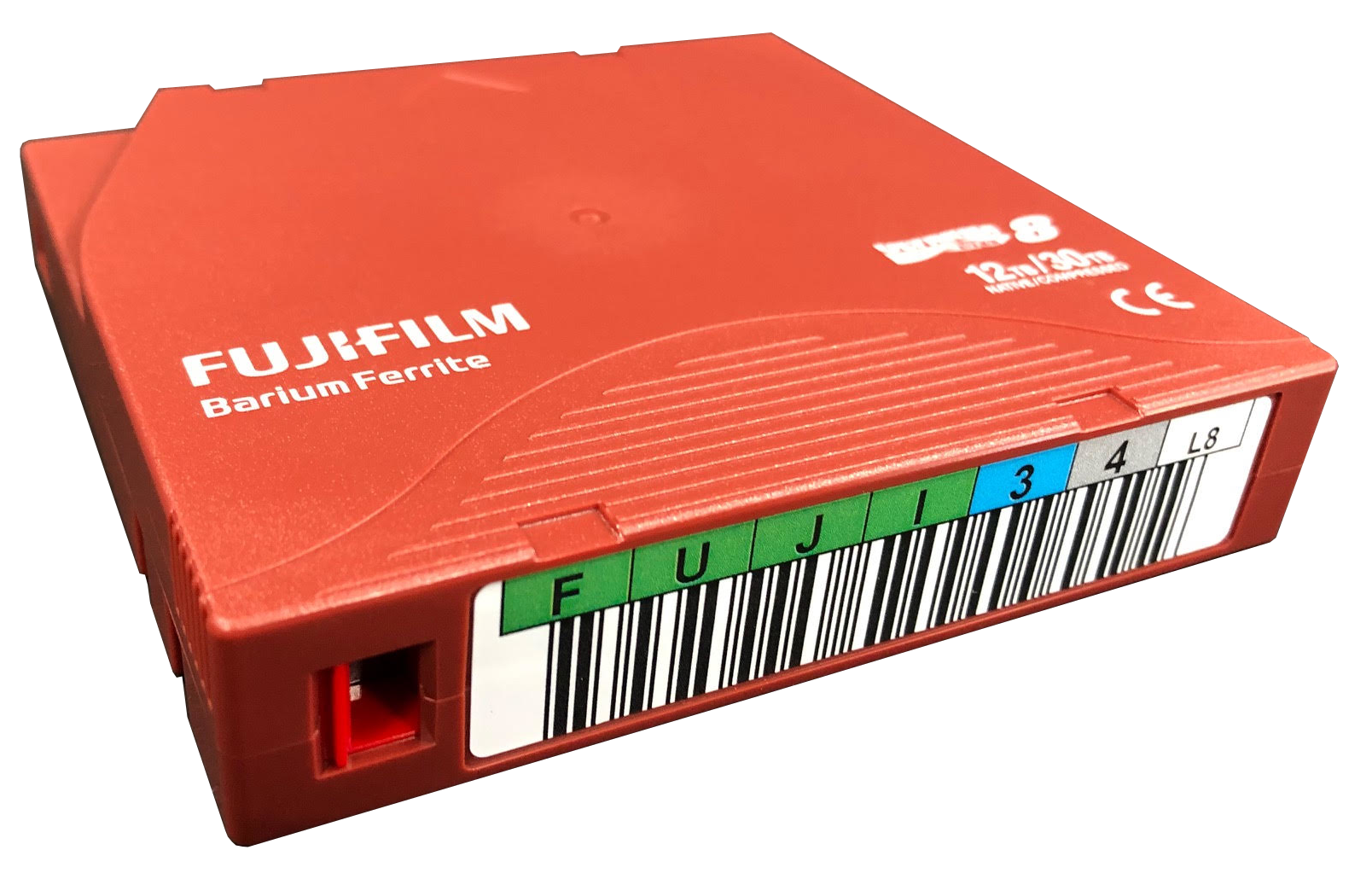By Drew Robb

I recently read an article in StorageNewsletter entitled “End of Removable Storage Media” and I agreed with many of the points including the demise of removable consumer media such as floppies, zip disks, CDs and DVDs. But I disagree about tape being on the way out like the rest of removable media from the past.
Tape was pronounced dead by Data Domain about 15 years ago when deduplication first entered the scene. Yet tape has not only survived, it thrives, particularly in an enterprise setting. Tape capacity shipments have been rising steadily for more than a decade. A record 114,079 PB of total LTO tape capacity (compressed) shipped in 2019, about four times more than shipped in 2009.
Why is this?
Tape offers removability
In an era when data breaches are escalating, and ransomware wreaks havoc, having an air gap between data and the network has become increasingly important. Whether it is a box of tapes stored by Iron Mountain, or tapes kept on site for use in an automated tape library, physical tapes are easy to isolate from the network. This feature of removability also makes tape easy to scale as you only need to add fresh media for more capacity, not more controllers, disk arrays and supporting hardware. Finally, because of its removability, tape is easily transported by truck or plane between data centers or between clouds and will often be faster and cheaper than using expensive bandwidth.
Tape offers high capacity
The latest generation of LTO tape cartridges can hold 18 TB native and 45 TB compressed per cartridge. To put that in perspective, one cartridge can hold 61.2 years of video recording running 24 hours per day, 4.78 billion human genomes worth of sequence information, or 2.88 years of data transmissions from the Hubble Space Telescope. Even larger cartridges are on the near horizon.
Tape underpins the cloud
The dirty little secret of the big cloud providers is that they rely on tape for high-volume, low-cost storage. These providers harness tape to hold multiple PBs of data, as do a great many large financial institutions. But that doesn’t mean tape is only the province of the few. Anyone with 100 TB or more of data will find value and efficiency with tape. In fact, vendors such as XenData are beginning to offer appliances that make it affordable to use tape for smaller workloads.
Disk to tape switching for object storage is easy
Object storage had mushroomed in recent years. However, many users complain about the heavy demands it places on disk-based systems. Software is now available that makes it easy to move native object files from disk to tape storage and back again.
Tape is greener

Tape is cheaper than disk, and often the cloud
It is three to four times cheaper to use tape than disk for long-term storage. Due to economies of scale, cloud providers may offer cheap rates for their lowest tiers. But pricing structures are less favorable when retrieving that data from the cloud. As well as the escalating cost of retrieval, pulling data from the cloud can also be slow and cumbersome.
Tape lasts much longer
Leave data sitting on disk for a decade or so and you are unlikely to be able to access much data. In the real world, hard disk drives tend to last up to five years before one or more components fails. Tape, on the other hand, can comfortably provide up to 30 years of retention.
Tape is more compact
Anyone storing hundreds of TBs or several PBs of data on disk is going to eat up a lot of floor space. For storage on that scale, offloading data onto an automated tape library and LTO tape provides a much smaller footprint.
Long-term retention on disk is pointless
The probability that data will be accessed again drops off rapidly after one month, according to studies by Fred Moore, President at Horison Information Strategies. After a hundred days, it falls below 1%. In other words, most enterprise data is quickly forgotten, but often can’t be deleted for compliance reasons or due to potential value in the future. Keeping it all on disk, therefore, is not only expensive, and a waste of energy, it is unnecessary. And the situation is only going to get worst. Moore notes that at least 60% of all data can be classified as archival. That number could exceed 80% by 2025, he said. Anyone continuing to retain data on disk is going to suffer nightmares due to escalating costs. Offloading data to a tape archive is the best policy.
Drew Robb is a freelance writer in IT and storage for the last 25 years.
